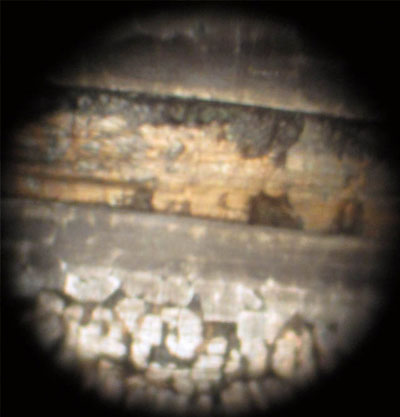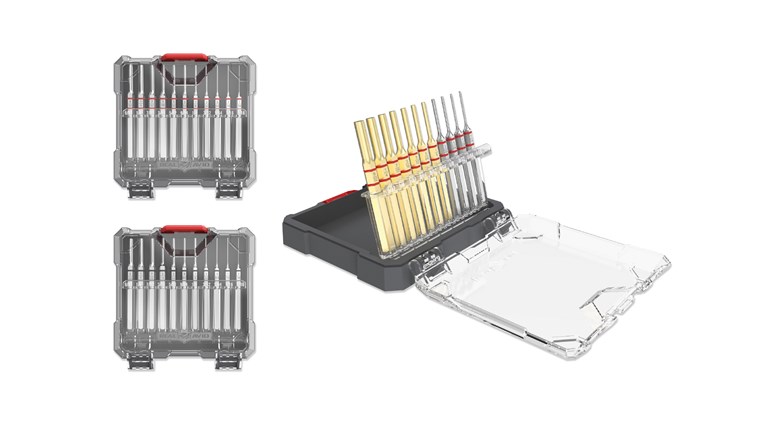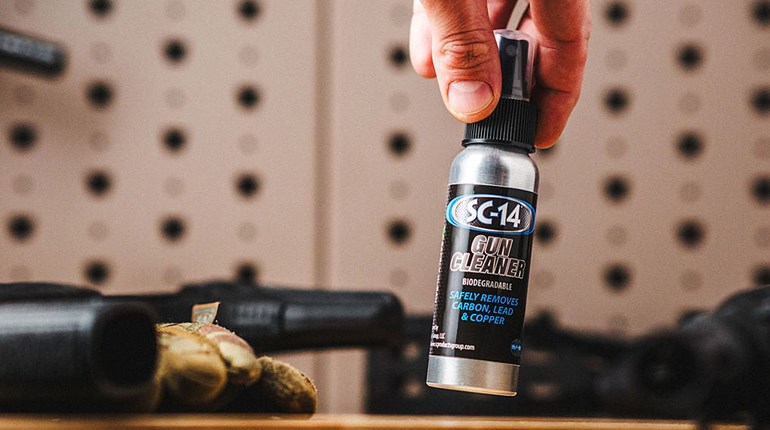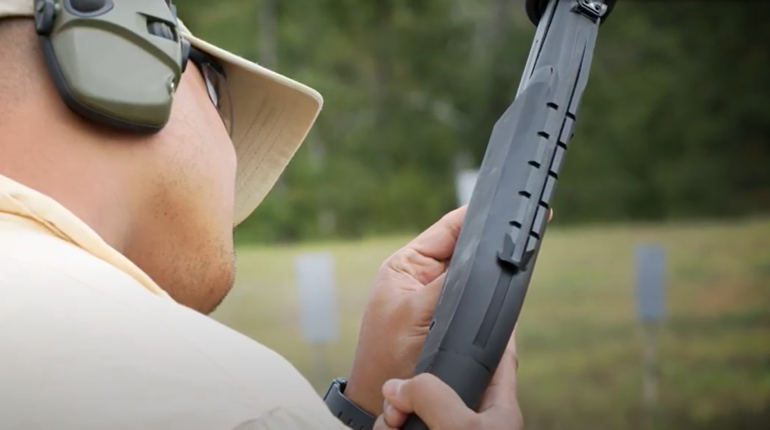
"How long will my barrel last?" I get that question fairly often and never have a simple answer. I was shocked the first time I shot a barrel out. I had about 3,000 rounds through the match-grade .308 Win. tube attached to my primary sniper rifle, and I thought I took good care of it. Maybe I shot the rifle too hot, didn't clean it well enough or simply had an inferior barrel.
I'll never know, but I did learn to pay closer attention from that point onward. My replacement barrel lasted twice as long, carrying me through my first three tours in Afghanistan before being exchanged—still in excellent condition—for an updated barrel and rifle. I no longer have to worry about my survival or mission-success depending on barrel life, but I still take care of them. Even inexpensive replacements require breaking in, rezeroing and establishing "dope," all tasks I seek to avoid.
While there is no magic material, stainless steel barrels seem to last longer. They wear better than chrome-moly blends when properly cared for, but they cost more and can be slower to break in. Chrome lining a chrome-moly barrel is one way to extend its life. Our military service rifle, carbine and machine gun barrels are chrome lined to aid function (chrome tends to be slicker than raw barrel steel) and help guard against corrosion. Many barrel companies catering to the semi-automatic rifle market offer chrome-lined models. They still need care and eventually wear out, but all else being equal, chrome lining is good for barrel life.
Premium manufacturers say they won't chrome line match-grade chrome-moly barrels because the application process leaves minor inconsistencies in thickness, which in turn leads to slight losses in accuracy. I am not convinced. Every chrome-lined 5.56 NATO barrel I have installed on a custom gun has produced sub-MOA groups at 100 yards. Someone is doing it right.
Barrel manufacturers sing the praises of different types of manufacturing and rifling: cut, button, broach, hammer forged, polygonal, cryogenically treated, 4-groove, 6-groove, etc. Complicating the picture is the debate whether a tighter rate of twist will increase friction (heat) and lead to faster barrel degradation.
My advice is simple: Choose the barrel material, rifling type, twist rate, length and profile that best fit your needs and budget, then take good care of your barrel and stay alert for signs of wear.

I strongly advocate maintaining a round count on any new rifle barrel. Snipers and precision shooters use a data book for each rifle to record the number of rounds fired, ammunition types, conditions and other pertinent information. An accurate round count alone will not tell you when your barrel's number is up, however, as you gain experience with that barrel type, it will tell you when you are getting close.
Keeping your bore clean has obvious benefits, especially if you shoot high-pressure magnum loads, use non-stainless steel or non-chrome-lined barrels or shoot high volumes of ammunition. Remember, heat is the enemy of barrel steel, so the hotter and dirtier the barrel, the greater the wear. Use bore-cleaning solvents while the barrel is warm to help dissolve fouling and let it soak in accordance with the manufacturers' instructions.
Pay particular attention to keeping your throat clean. This area in front of the chamber is usually where a barrel wears out first. High pressure, heat, powder residue and unburned particles combine to scour this area with each shot.
If you have a premium barrel, you may want to clean it each time you reach a certain number of rounds fired in one sitting. I clean .338 Lapua Mag. barrels every 60 rounds and my .30-caliber match barrels every 100 rounds while on the range. I use my chrome-lined 5.56 NATO AR barrels until I'm done, then clean them. At the end of each shooting session, regardless of how many shots were fired, I clean all barrels.
Diagnosing barrel wear is tricky without the right tools. I use a bore-scope to check for signs of excessive wear in key areas, but this is an expensive instrument. A $60 throat-erosion gauge is another way to watch the progression of wear, so long as you establish each new barrel's starting measurement. This reference point will enable you to watch the progression of throat wear throughout a barrel's life.
I measure the throat of every new rifle I build, record that value and the round count, then track the throat's erosion whenever I have a chance to remeasure. I also measure and track each chamber using an overall-length gauge, which establishes a maximum cartridge length based on where a reference bullet's ogive contacts the rifling.
The most common indicator of a trashed barrel is when it suddenly stops grouping. In the example I cited earlier, my semi-automatic's barrel typically turned in 1-MOA performance at 100 meters. It literally changed from one group to the next into a 3-MOA gun. After all other factors were ruled out, I determined the burned up throat was the culprit and I was left with the painful process of breaking in a new barrel and establishing my holds at each realistic distance. That's enough to make someone take better care of a barrel. It certainly had such an effect on me.





































